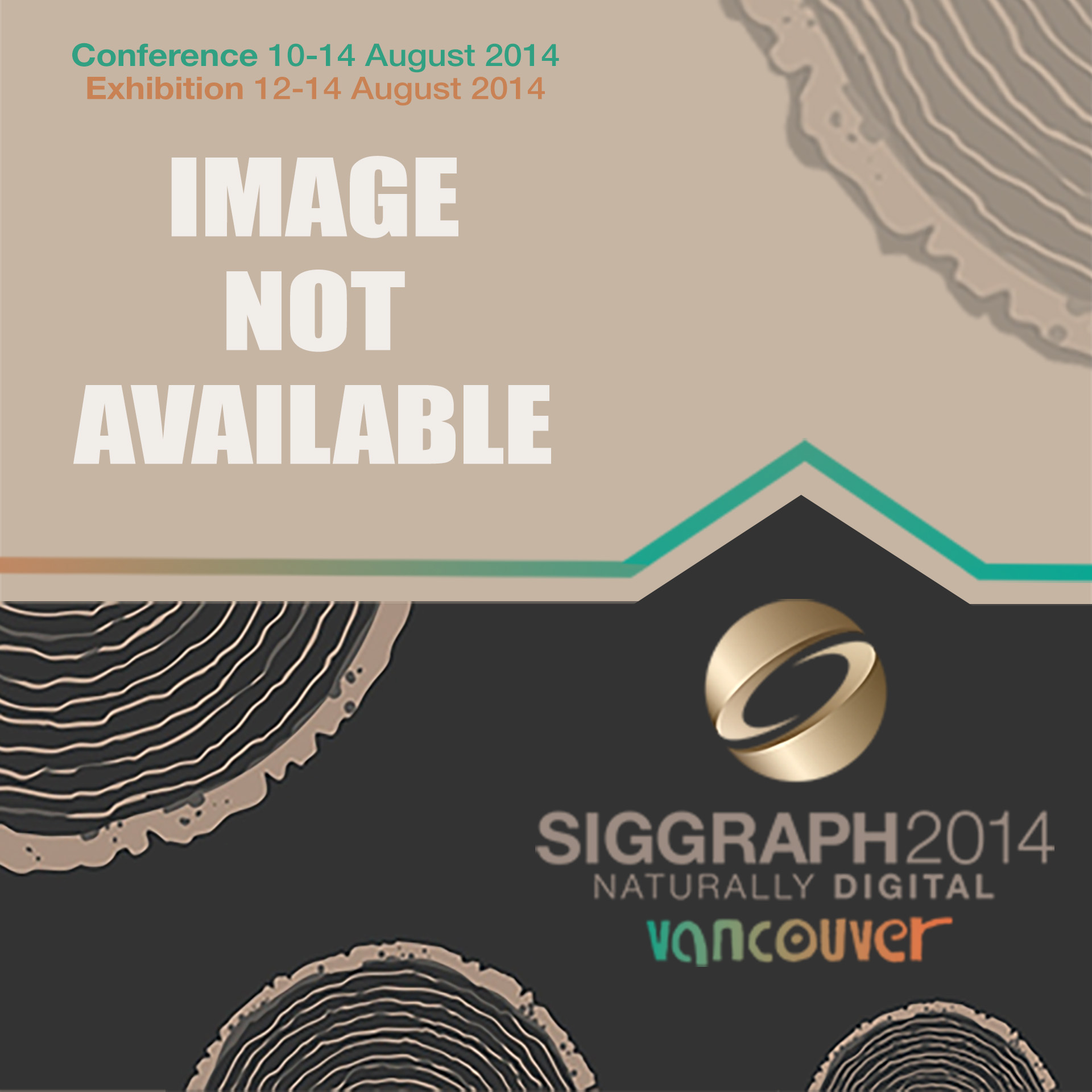“Continuity Transition With a Single Regular Curved-Knot Spline Surface” by Shi, Yong, Sun and Paul
Conference:
Type(s):
Title:
- Continuity Transition With a Single Regular Curved-Knot Spline Surface
Session/Category Title: Surfaces, Shapes, and Maps
Presenter(s)/Author(s):
Moderator(s):
Abstract:
We propose a specialized form of the curved-knot B-spline surface of Hayes [1982] that we call regular curved-knot spline surface. Unlike the original formulation where the knots of the first parametric coordinate can evolve arbitrarily with respect to the second coordinate, our formulation designs the knot functions as special curves that guarantee a monotonic blending of the knots corresponding to opposite surface boundaries. Furthermore, we demonstrate that local derivatives on the boundary can be described as an ordinary B-spline surface. The latter property allows for constructing smooth transitions between B-spline boundaries with different knot vectors.
References:
- E. Catmull and J. Clark. 1978. Recursively generated b-spline surfaces on arbitrary topological meshes. Comput.-Aided Des. 10, 6, 350–355.
- C. de Boor. 1978. A Practical Guide to Splines. Springer.
- J. G. Hayes. 1974. New Shapes From Bicubic Splines. IPC Business Press.
- J. G. Hayes. 1982. Curved knot lines and surfaces with ruled segments. In Proceedings of the 9th Biennial Conference on Numerical Analysis. G. Watson, Ed., Lecture Notes in Mathematics, vol. 912, Springer, 140–156.
- L. A. Piegl and W. Tiller. 1997. The NURBS Book 2nd Ed. Springer.
- I. J. Schoenberg. 1946. Contributions to the problem of approximation of equidistant data by analytic functions. Quart. Appl. Math. 4, 45–99, 112–141.
- T. W. Sederberg, J.-M. Zheng, A. Bakenov, and A. Nasri. 2003. T-splines and t-nurccs. ACM Trans. Graph. 22, 3, 477–484.
- D. J. Walton. 1987. Terrain modelling with b-spline type surfaces defined on curved knot lines. Image Vis. Comput. 5, 1, 37–43.




